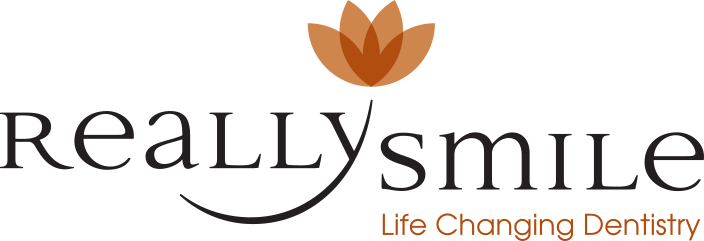In some cases, temporomandibular or TMJ disorder may require surgical treatment. However, there are also several non-surgical treatments. Modern technology as applied in TMJ disorder treatment has brought forth a new treatment philosophy called neuromuscular dentistry. With neuromuscular dentistry, patients like you can now have more options aside from conservative therapies and surgical methods that could offer a more long-term solution to your TMJ problem.
Neuromuscular dentistry aims to correct the jaw’s misalignment to relieve the symptoms of TMJ disorder by first establishing the physiological rest position of the jaw either with the use of ultrasound (sonography), magnets (kinesiography), or surface electrodes (electromyography).
Using sonography, the vibrations from the TMJ when the mouth is moved are measured to identify the physiological rest position. Using kinesiography, three-dimensional jaw movements are analyzed after being recorded between a headset and a magnet attached to the lower front teeth. Electromyography (EMG), on the other hand, uses surface electrodes placed over the jaw muscles to measure the amount of activity in these jaw muscles by way of electrical impulses. Applying a similar principle of using electrical impulses, TENS therapy (transcutaneous electrical nerve stimulation) delivers ultra-low frequency electrical stimulation to the nerves of the jaw muscles to relieve muscle spasms and pain.
To explore the impact that neuromuscular dentistry can have on your TMJ disorder, call Carmel, IN dental office Really Smile at 317-597-8748 for an appointment with top Indiana cosmetic dentist Dr. David A. Smith.
